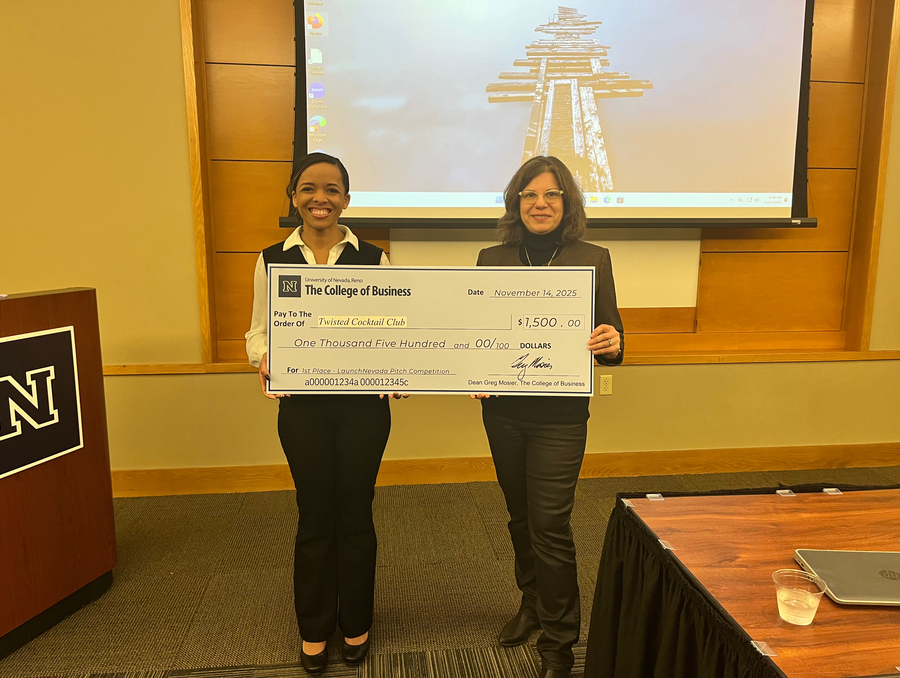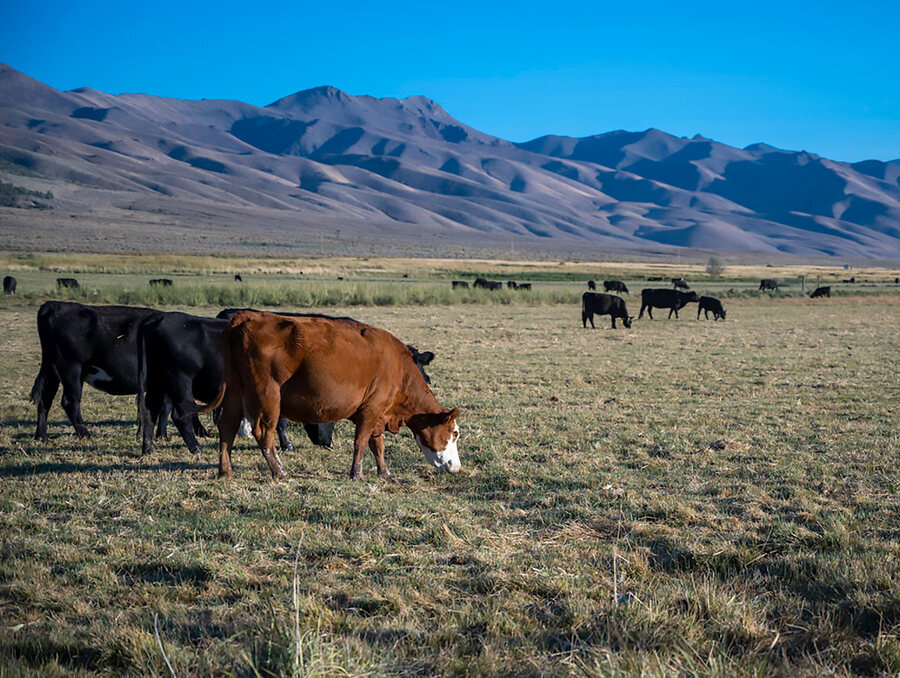After years of research, and wine tasting, Professor Grant Cramer of the University of Nevada, Reno is making a worldwide impact on the optimization of raising grapes in low rainfall areas, and is researching a gene that improves drought, salinity and cold tolerance that would improve grapevine performance and quality in Nevada. The findings would apply to grape-growing regions worldwide, allowing the $160 billion dollar industry to adjust to climate change.
Cramer's research, partly funded by the National Science Foundation, shows how different varieties react to hot and dry climates. His lab is currently analyzing the genetic sequencing in Cabernet Sauvignon grapes. The research will help the wine-grape industry - which produces the most valuable fruit crop in the world - prepare for changing weather patterns. Depending on the region, these changes may bring hotter or colder climates, drought or late spring frosts.
Nevada's hot, dry summer climate and very cold winter was believed to be unsatisfactory for wine production until Cramer began studying a dozen or more varieties of wine grapes at the Agricultural Experiment Station in Reno more than 10 years ago. The small experimental vineyard, with more than 1,000 vines and 13 varieties of grape, sits within the city limits of Reno at the University's 200-acre agriculture site located near the main campus.
"This year has been excellent for the grapes, with great weather - hot days and cool nights - right up to the end of October," Cramer said. "The season started off late, with cold weather well into the spring. The vines did well over the winter, even with temperatures below freezing for many days."
One of the varieties growing in the experimental vineyard is from Minnesota, and is giving Cramer and his team good data on cold weather survivability and effects on vine hardiness and grape quality.
"Regulated deficit irrigation has reduced water usage by 80 percent compared with previous years and significantly improved the quality of grapes musts and wines, producing more intense flavors, colors and fruity aromas," he said.
"If they can grow grapes successfully in Minnesota or Washington State, it's certainly easier in Nevada," he said. "We have great potential to develop a grape and wine industry here. We've successfully grown grapes and made excellent wines here in Northern Nevada since 1995. It is a multi-billion dollar industry in this country, and Nevada's economy could benefit as well."
The research project has studied Syrah, Merlot, Semillon, Chardonnay, Pinot Noir, Cabernet Franc, Gewurztraminer, Pinot Blanc, Lemberger, Pinot Gris and Riesling, all wines with good marketability.
An economic analysis prepared by Cramer's colleagues in the University's College of Agriculture, Biotechnology and Natural Resources shows that grape growing can net more profits than alfalfa, a popular crop in Nevada. In addition, wine grapes use 12 times less water than alfalfa.
"We average about a quarter-acre foot per year, a very low level of water application - which is extremely significant in arid Nevada - while, for example, Churchill County farmers produce quality alfalfa hay with an average application of 3.5 acre feet of water per acre per season," Cramer said. "Overall vine quality was improved with this watering schedule and wine quality was substantially improved with more intense color and flavors. These low-watered crops also produce a healthier grape, grapes with more of the human-healthful compounds and antioxidants like resveratrol."
This world-renowned project is part of an international effort to build resources for the International Grape Genome Community.










